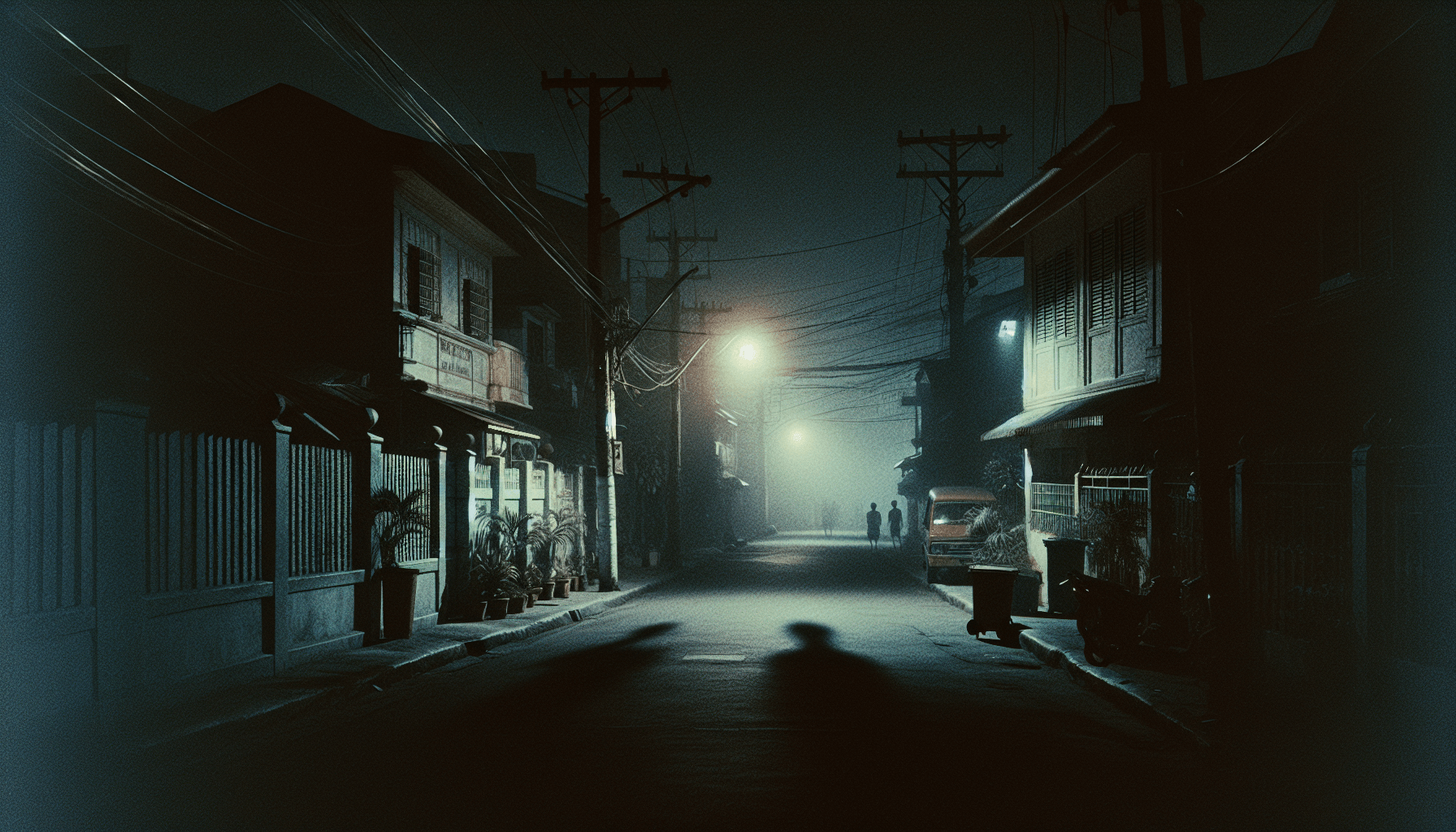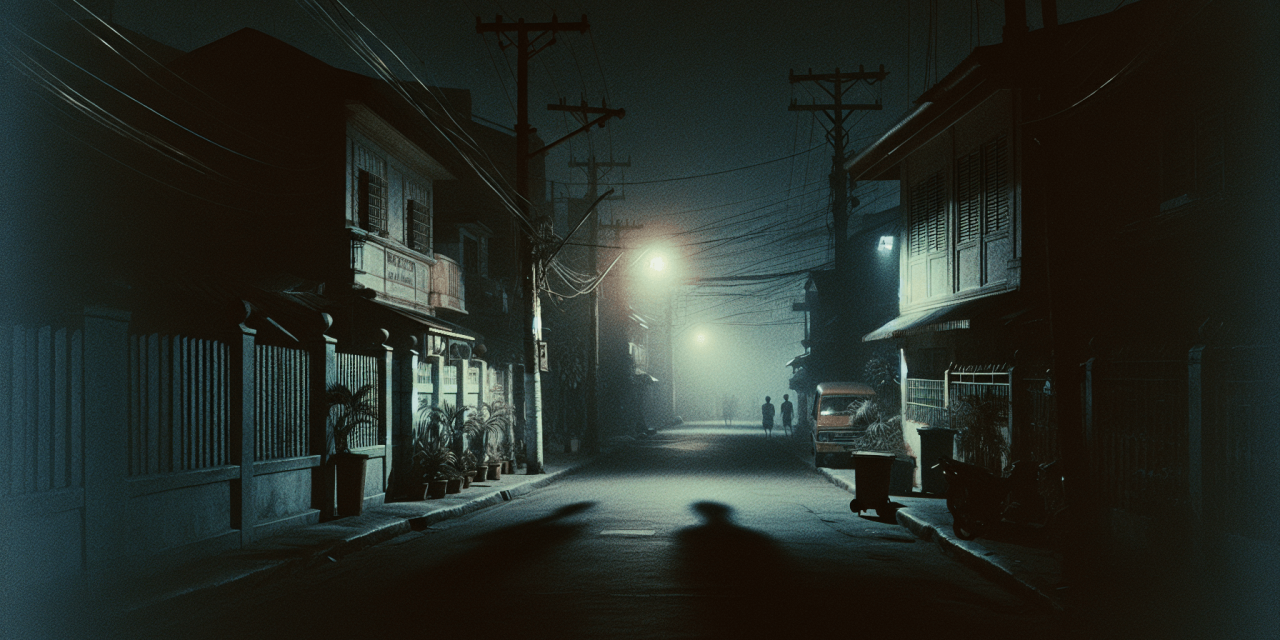On the night of June 30, 1991, an unsettling stillness cloaks the upscale neighborhood of BF Homes in Parañaque, Metro Manila. Inside one of its homes, a brutal and incomprehensible crime unfolds, shattering the serenity. Three members of the Vizconde family—Estrellita (49), Carmela (19), and Anne Marie Jennifer (7)—are mercilessly slain, their lives violently cut short. Estrellita and her daughters are discovered amidst a scene of unimaginable horror, their bodies marked by numerous stab wounds. Carmela, the eldest daughter, suffers the additional atrocity of sexual assault. This horrifying massacre leaves the nation in shock, questioning how such evil could penetrate the walls of a family home.

The Vizconde family, once a symbol of tranquility and success, is forever broken. Lauro Vizconde, the patriarch, is away in the United States at the time, working to provide for his family. He returns to the Philippines to a world that has been irreversibly shattered. Grief-stricken and seeking justice, Lauro becomes a relentless advocate for his wife and daughters, ensuring their deaths will not be forgotten. The case, soon dubbed the “Vizconde Massacre,” seizes the public’s attention, becoming one of the most notorious unsolved crimes in Philippine history.
As the investigation unfolds, suspicions are cast widely. The search for justice is fraught with twists and turns, leading to high-profile arrests and a controversial trial. A group of young men, including Hubert Webb, son of a former senator, stand accused of the heinous act. The courtroom drama captivates the nation, as debates over guilt, innocence, and the adequacy of evidence fuel an unprecedented media frenzy. The trial’s outcome, years later, leaves many questions hanging in the air, with some convinced of the convicted men’s innocence.
The Vizconde Massacre remains etched in the collective memory of the Philippines, emblematic of a justice system under scrutiny and a society grappling with violence within its borders. Future legal reforms and ongoing debates about the case’s handling serve as a sobering reminder of that fateful night on June 30, 1991—when innocence was brutally stolen, and a nation was left to grapple with the shadows of its aftermath.
Story Source: Non-fiction book “The Vizconde Massacre” by Gilda Cordero-Fernando


